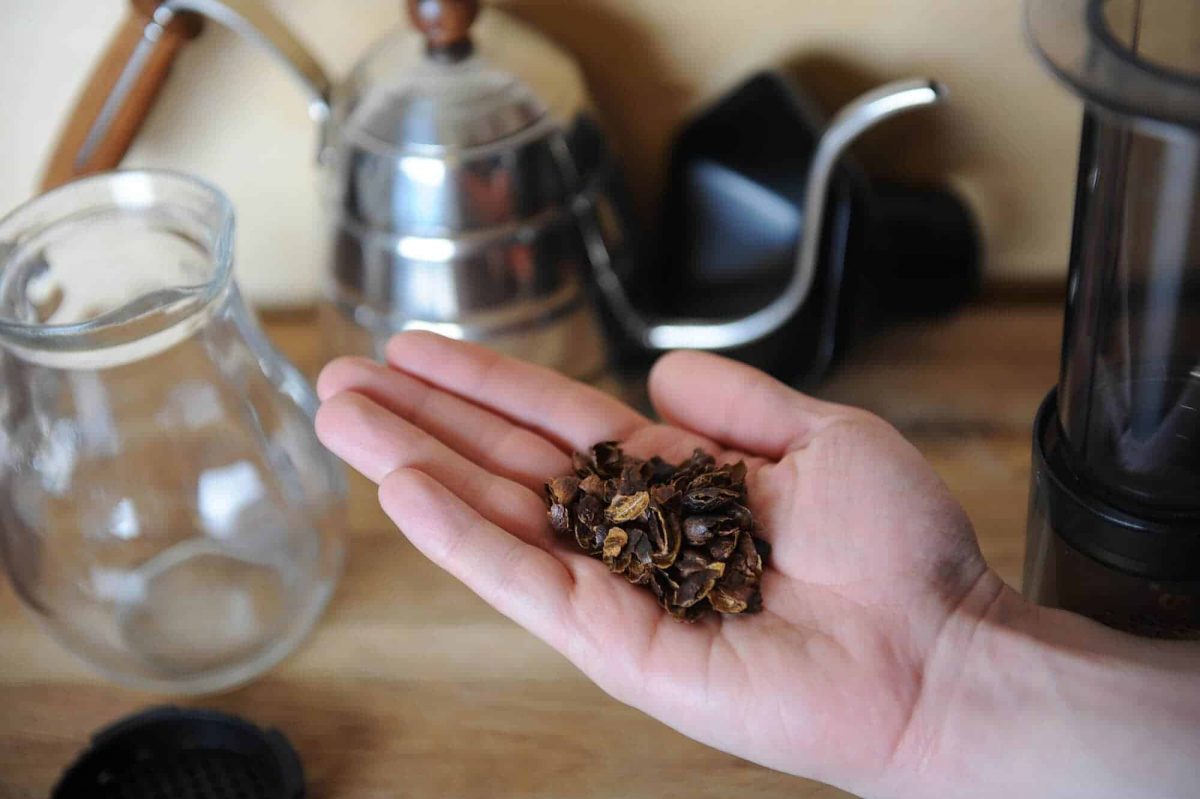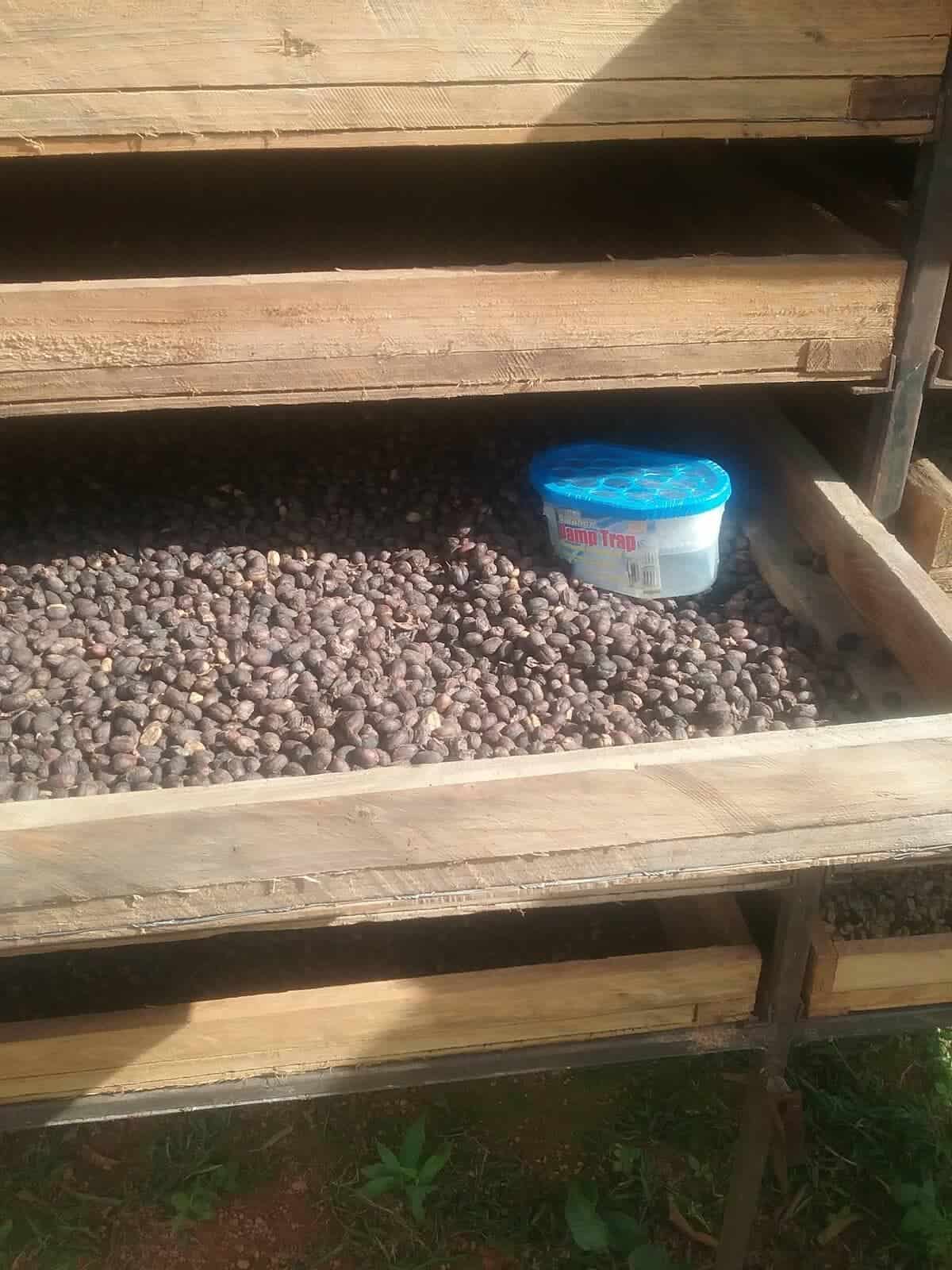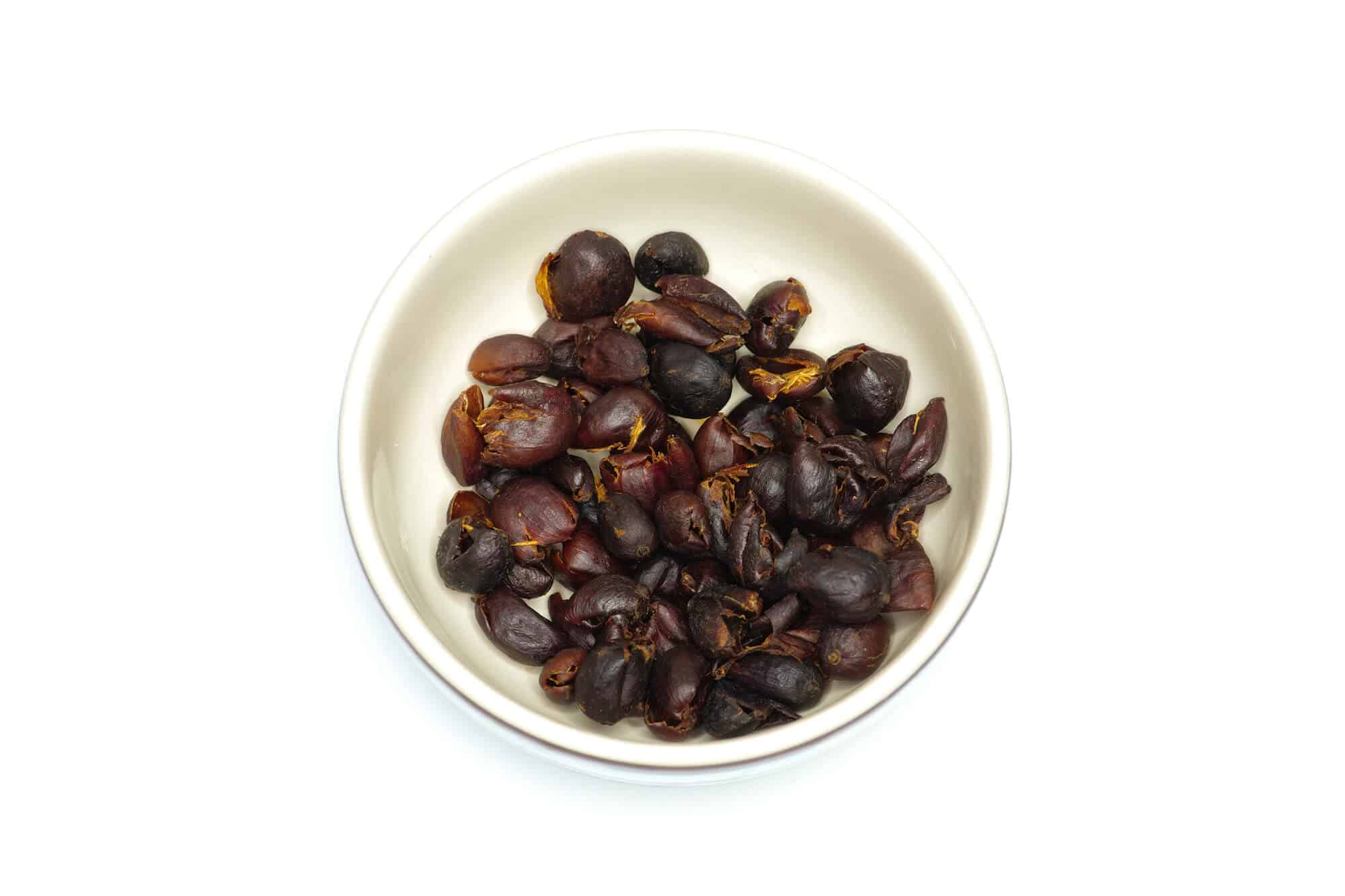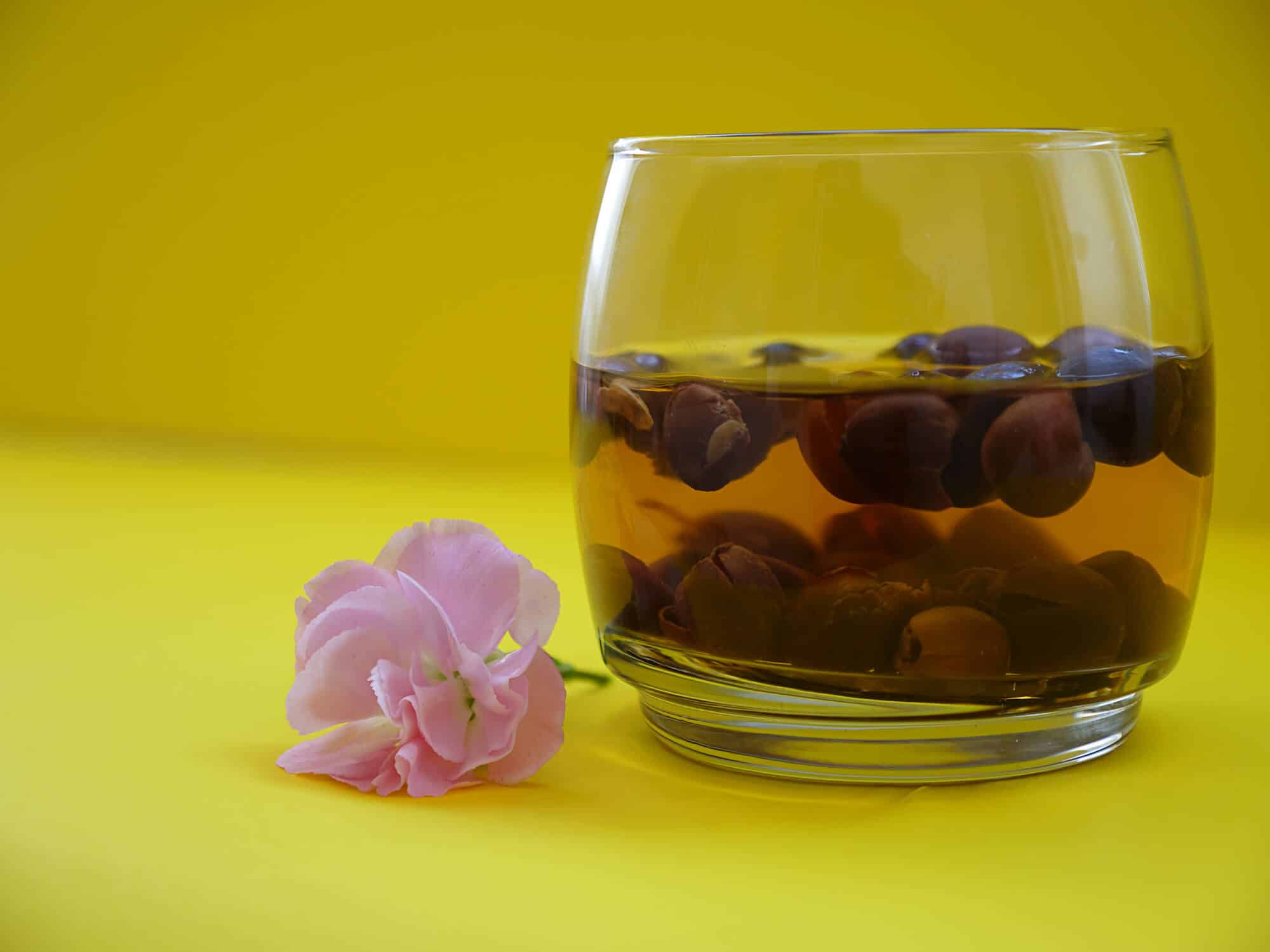What is Cascara and How is It Prepared?

What has been limited to only the coffee growing regions of the world is now available all over the planet.
What is old in Bolivia or Ethiopia is new in Canada and the United States. Today, I am talking about “Cascara”. This is a Spanish word for “husk” and in this case, the skin from the coffee bean.
What it is not
There is a lot of curiosity about this newcomer that is tantalizing the palate of many North American coffee enthusiasts. Many people ask, “Just what is this stuff?” Is it a tea? Is it an “herbal tea” or is it an offshoot of “Cascara Sagrada”? The answer is NO to all of the above.
Cascara is not a tea. Because it is not made from tea leaves. Is it an herb tea? Well, no. Herb teas, also known as tisanes, are hot beverages made from an infusion of either herbs or spices. So, it is not an herb tea, either.
Is it related to Cascara Sagrada? No it is not.That comes from the bark of the Rhamnus Purshiana tree or shrub. It is also known as the “buckthorn” tree which is found on the west coast of North America ranging from mid-California to southern British Columbia.
What is Cascara, Really?
Cascara is the skin that covers the coffee bean while on the plant. Coffee is a fruit, we enjoy the seeds. The actual skin is quite delicious when you first pluck the bean from the plant. I personally do not swallow it. However, I do spit it out after a while.
There are two ways to get cascara and each one will supply slightly different flavors. Each way depends on how the coffee is processed at the mill.
In this article I would like to explain how we get cascara, how it is processed, how you prepare it at home and what you can expect when it hits your tastebuds.
How Do We Get Cascara?
There are two basic ways to get the skin. I will briefly explain the processing methods.
The Wet Process
The very day that the coffee is harvested the beans pass through a series of 4 machines that
From here the beans are ready for drying.
The depulped skins are collected and in most cases simply used as compost for future use as organic fertilizer. That is what we do with ours. Really nothing gets wasted in the process.
With cascara, the skins need to be dried carefully so as to protect them from mold. Mold is a formidable enemy to the coffee farmer.
The drying process is by far the most important and delicate part of the entire process. The first week or so is particularly demanding. One has to be extremely vigilant. If not, the skins could quickly develop mold and the whole batch will be ruined.
The Dry Process
Is where the beans do not go through the machines as they do in the wet process. However, it is always good to sort the beans through a siphon or other water method to sort out the undesirables.
From there the beans have to be dried very carefully to avoid mold. In our part of the world, the harvest season is at the height of the rainy season together with extremely heavy winds. Clearly, not good for drying coffee.

You will notice we include a humidity catcher in the tray. This is essential as it absorbs the moisture, notably increasing protection against humidity.
Once the hulled skins from the Dry Process are collected they are ready to go. The skins from the wet process need to be carefully dried, too. Once they are, they are ready to go.
Naturally, great care has to be taken every step of the way in order to protect the product from humidity. Now it is time to try it out.
Is There a Taste Difference Between Dry and Wet Processes?
The difference between wet processed and dry processed cascara is noticed in it’s appearance of the husk in the package as well as in the drink.
The wet processed will probably have more complete husks where as in the dry process it would be more broken down. This is because the skins are squeezed in the wet process but, beaten in the dry process.
The most notable differences is that the dry process will have stronger more fruity flavour for the same amount of cascara. Whereas the wet processed cascara will usually end up brighter in the cup. It is really a matter of taste.
Either way you are in for a very delightful drink.
You can take for granted that almost all “Cascara Cherry Tea” will be “wet processed”. The big reason is that most mills use the wet process.
If it is “dry processed” it will more than likely say so on the package. For instance, you can purchase dry processed cascara from 49th Parallel Coffee Roasters in Vancouver, B.C. Canada.
How Do We Prepare Cascara?
The main consensus is that you prepare it as you would any herbal tea infusion.
After comparing brewing methods with numerous distributors I have found that many vary in recommended amounts per cup.
However, most recommend approximately 5 grams (½ tablespoon) of cascara for 240 ml (8 ozs) of water. Even what is labelled as specifically “Dry Processed Cascara the recommended amount is the same.
These are merely guidelines. Naturally, personal preference has the final say.
Beware! Do Not Boil the Brew!
You will burn it. Heat up the water to just under boiling. Then let it steep for 3 – 4 minutes or longer if desired.
The general consensus is that this wonderful beverage is naturally sweet, fruity with additional flavour notes of raisins and rosehips. It is not uncommon for some to add ginger or cinnamon also.
What about caffeine content?
According to one study cascara contains approximately 25% of the amount of caffeine as regular arabica coffees.
Takeaway
Although, cascara may be relatively new to North America it has been around for possibly centuries, in coffee growing regions.
In fact, people may have been drinking cascara longer than coffee itself.
Another hot drink that is enjoyed exclusively in the coffee growing regions of the world is “coffee blossom tea” but, that is another story.

